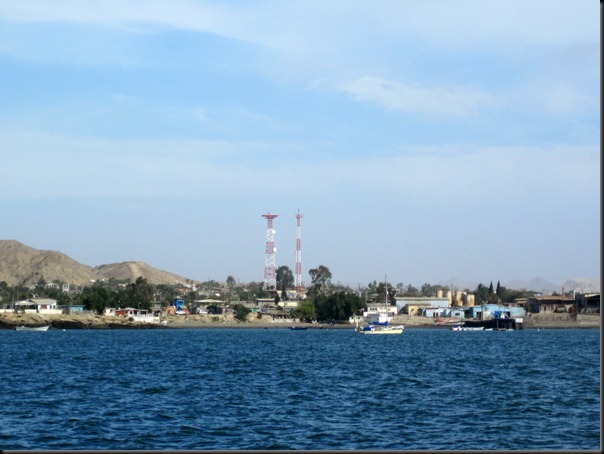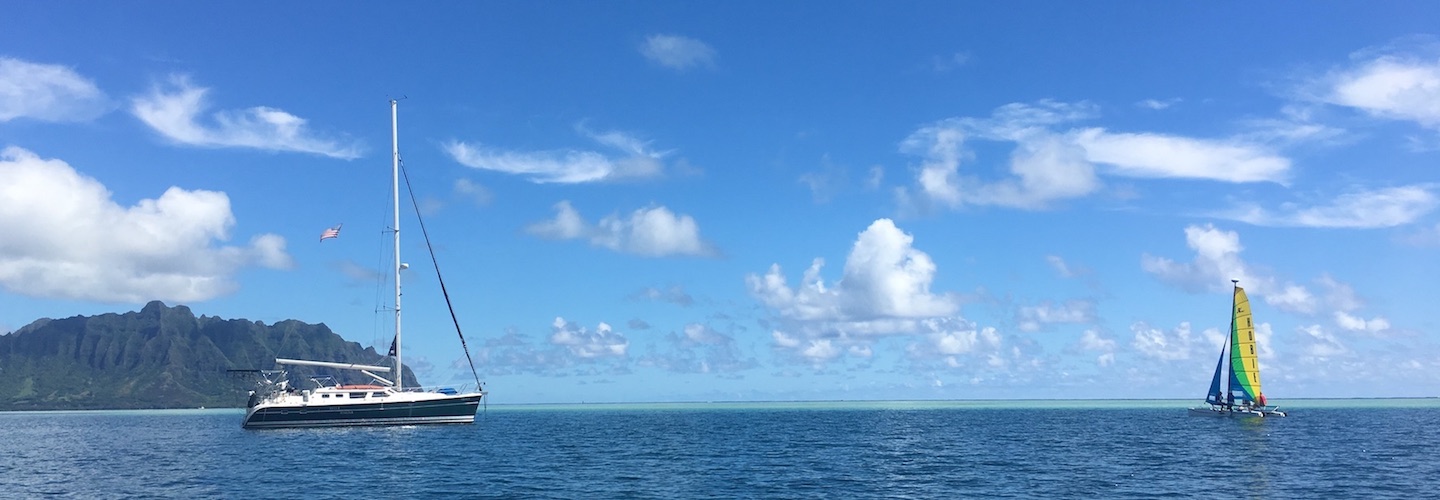It’s still amazing to me that during this whole trip exploring some of the most remote coastal areas of Mexico, from the desert of Baja California to the lush jungles of the Gold Coast, we’ve had internet during the most time on the boat as long as we were within site of land. This technological luxury comes compliments of Telcel, the biggest cell phone service provider in Mexico and most of Central America. One of the first things we did in Ensenada, our first Mexican stop 70 miles south of the border, was to buy two Telcel GSM chips and a prepaid data plan and pop them into our phones and wireless data cards. Bella Marina and all its seven computers are now always connected through a 3G enabled hotspot to the rest of the world. The price is definitely affordable, about $50US for a monthly plan.
Dealing with the various hoops and lack of customer service or protection for services here is not for the faint of heart, but it’s definitely worth the fight in order to get that sweet, sweet internet in the most remote anchorages. First, you have to do your negotiations at the Telcel office in Spanish. Very few people not employed by the tourist industry speak enough English to help. Then, there was the cryptic “National Registry” message we got every time we tried to use the phone in the beginning. Turns out that the government requires every phone number to be registered in a national database, but since we didn’t have Mexican social security numbers, our phones got rejected the first couple of times. It took 3 calls to customer service, one on Spanish and two in English to finally get past that. Then rules change all the time here, and nobody has to tell you they did, so one day Telcel decided to change the data plan agreement and start charging by the kilobyte after we had reached the maximum limit of data, as opposed to just downgrading the service to Edge as they had done before: $50 later, empty account, lesson learned. At least we didn’t have a lot of extra money in the account.
So why would anyone need internet when cruising in Paradise, one could ask? For one, this is how we stay connected to family and friends. It’s actually a really good feeling to know that you’re reachable or that you can reach out in case of emergencies. This blog post is coming to you compliments of the mighty Telcel tower in Turtle Bay, Caja California Sur, population 2500 fishermen. Oh yeah. I just Bing’ed that. How about the stress of always being connected? Well, it turns out that with no jobs to stress about, all email and communication is welcome. There is no information overload anymore, and we have adopted a remote attitude towards most news that come to us compliments of the online newspapers and news agencies. Probably because we are so remote. And then, there’s the practicalities of voyaging on a sailboat. We can easily download weather reports, GRIB files (these nifty files that display pressure systems, winds, precipitation up to 7 days out), and communicate with other cruisers that “have been there before” via newsgroups and blogposts. Sometimes we can even find Web pages with relevant information about the places we want to visit, although we have found that to be true exclusively of touristy or resorty-type areas.
From all the places we have been, we’ve had internet in most anchorages. We get 3G or 3.5G in bigger cities and towns, and Edge or even GPRS in remote anchorages or on passages. Turtle Bay, Mag Bay, Los Cabos, Los Muertos anchorage, La Paz, just outside Espiritu Santos, Mazatlan, Puerto Vallarta, and the whole length of the Gold Coast, including Tenacatita and Barra. The only places we got nada were the anchorages at Los Frailes and Calleta Partida on Espiritu Santos.
Cell phone tower in the remote fishing town of Turtle Bay, Baja California Sur. Whoever said the infrastructure in Mexico is not developed has not met Mr. Telcel Phone Service:
Sweet, sweet Internets
8
May
